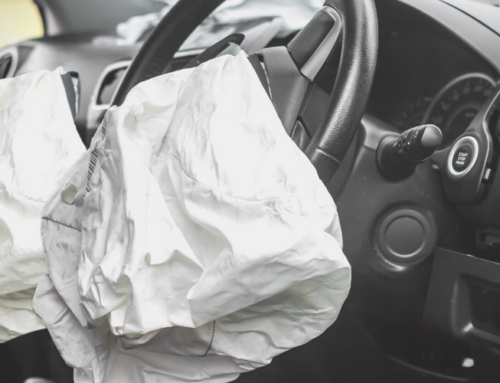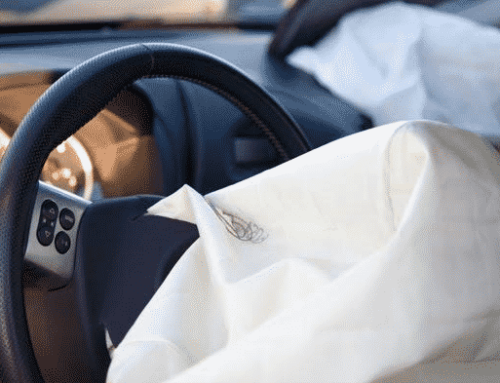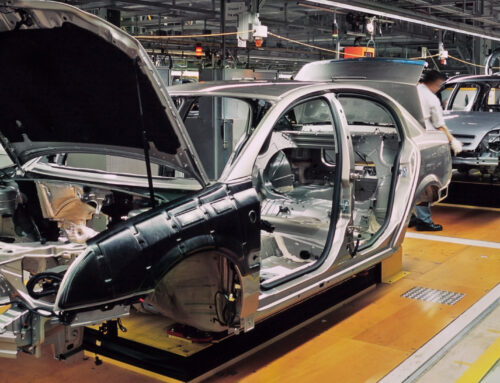If you’re old enough, you’ve probably heard of the Ford Pinto. The Pinto was rushed into production in 1971 to compete with the growing popularity of European sub-compact vehicles. Ford designed and produced the Pinto much faster than new vehicles are typically rolled out. By cutting corners, Ford created a risk. The Pinto, when involved in a crash, had a tendency to burst into flames, even if the crash was a low-speed one. This would happen because of a major design flaw involving the fuel tank and the rear of the vehicle. Dozens of people died in Pinto fires, and countless others were burned due to the flaw. Fortunately, the Pinto’s manufacturing run was a short one.
Accidents resulting in injury happen, and most people understand there’s a level of risk when using some products. But Georgia law requires businesses to use a certain level of care when putting their products out into the world. This body of personal injury law is commonly called “products liability.” There are three major kinds of products liability cases: design defects, manufacturing defects, and inadequate warnings. The dangerous gas tank/rear end design on the Pinto is an example of a design defect.
Georgia law doesn’t require businesses to design products that could never hurt anyone. Instead, it requires them to use reasonable care in designing a product. At a products liability trial for a design defect, jurors are asked to balance the risk of harm in a product design with the benefit or usefulness of that design. The question the jury must answer is: Did the designers use reasonable care in balancing those factors when they designed the product? These are some of the specific factors the jury can consider:
- The usefulness of the product;
- The severity of danger posed by the design;
- The likelihood of that danger;
- How avoidable the danger is;
- The state of the art when the product is manufactured; and
- Compliance with industry standards and government regulations.
If the jury decides the design’s risk of harm outweighs its usefulness, then the design is defective, and the injured person can recover for their injuries. As you can probably imagine, design defect products liability trials involve a lot of expert testimony, such as engineers with specialized knowledge in product design and safety.
Manufacturing defect products liability trials are quite different. In some ways, they are less technical in nature. In those cases, injured persons must prove they were injured by a defect in the product that existed when the manufacturer sold the product. For example, if you were involved in a rollover accident because of a gash in your tire, you would have the prove the gash was there when the product was sold to you.
No matter how well-made and well-designed a product is, if it doesn’t have a good enough warning for whatever danger it presents, and that danger injures someone, that person may recover against the manufacturer for the failure to provide an adequate warning. More specifically, manufacturers can fail to provide an adequate warning in two ways. First, the manufacturer may fail to provide an adequate warning of the product’s potential dangers. Second, the manufacturer could fail to adequately communicate that warning to the user. For example, if a certain type of bread slicer could cut someone if it’s held the wrong way, and the manufacturer provides no warning about the danger, the manufacturer has failed to provide an adequate warning. On the other hand, if the manufacturer provides a warning of this danger, but the warning is printed in two-point font on a sticker attached to an internal part of the slicer that the user will never see, the manufacturer has failed to adequately communicate the warning.
Products liability cases can be tricky and technical. If you’re ever injured by a defective product, or a dangerous product without proper warning from the manufacturer, contact Rafi Law Firm to discuss your case with our team.





